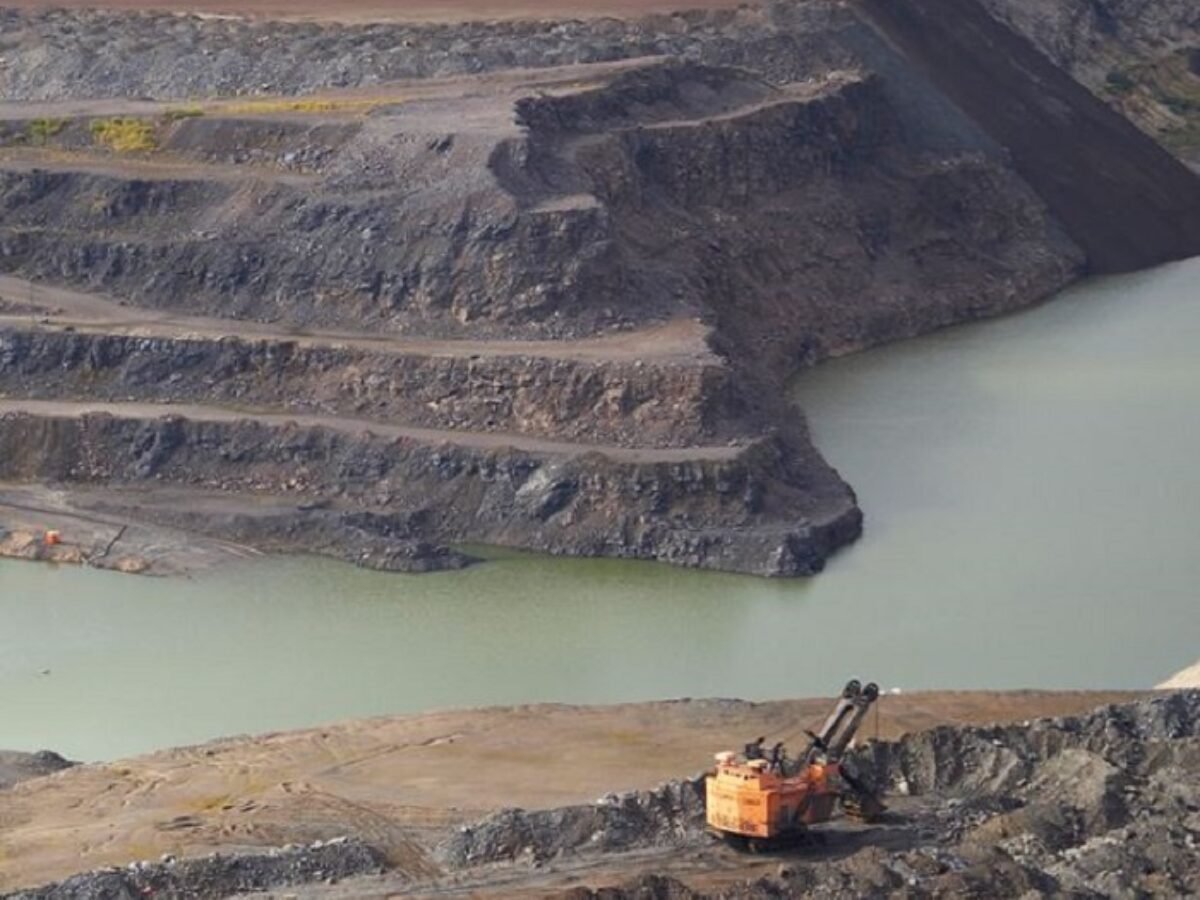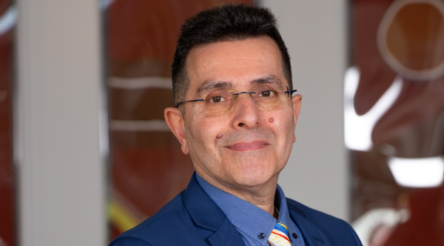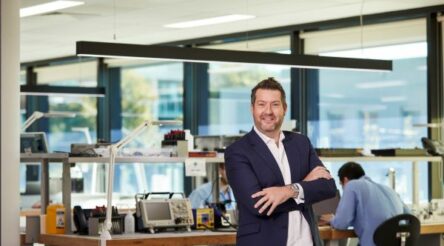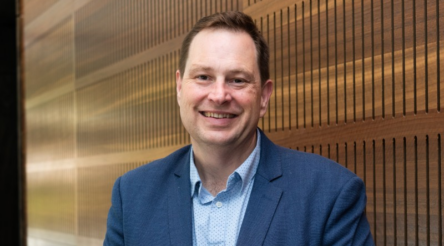Green steel eyes strong market demand for low carbon product

By Peter Roberts
News that Sanjeev Gupta’s GFG Alliance is pushing ahead with its move towards green steel production at the Whyalla steelworks comes as it is clear that the first mover producers of seriously low carbon products can expect strong market demand for their products.
GFG’s Liberty Primary Steel over the weekend extinguished its coke ovens for the first time in 55 years and is part of a wider green push in the South Australian region which at the same time received $100 million in federal and state funding for green hydrogen infrastructure.
Liberty has on order an electric arc furnace which will ultimately replace the Whyalla blast furnace, with Liberty’s decarbonising plans also involving the production of magnetite pellets made from a type of ore that is best suited for the production of direct reduction iron (DRI) utilising hydrogen rather than coke.
Hydrogen is to be used by Sweden’s H2 Green Steel company which has sold out its annual production volumes of low carbon steel produced with hydrogen rather than using coke even before the company has built its first plant.
Contracted customers include SAAB, Volvo and Ingka Group which have snapped up production from the company’s planned works at Boden, Sweden which aim to build the world’s first large-scale green steel plant.
According to H2 Green Steel: “By producing green steel in a fully integrated production process, using end-to-end digitalisation, electricity from fossil-free sources and green hydrogen instead of coal, we are committed to set state-of-the-art technologies to work and bring emissions down.”
Rio Tinto is to supply of direct reduction iron ore pellet for the H2 Green Steel from Rio Tinto’s Iron Ore Company of Canada (IOC) which will account for a significant part of the iron ore supply.
Additionally, the companies have signed an agreement whereby Rio Tinto will purchase and on-sell a part of the surplus low-carbon hot briquetted iron (HBI) produced by H2 Green Steel during the ramp-up of its steelmaking capacity.
Head of Rio Tinto Steel Decarbonization Simon Farry said: “We are partnering across the steel ecosystem to find better ways to support the decarbonisation of iron and steel making, and to reduce our scope 3 emissions.
“Our supply of high-grade iron ore pellets will support the acceleration of H2 Green Steel’s project, and on-selling their low-carbon HBI will enable us to gain a deeper understanding of the future needs of our customers and end users in the emerging green iron and steel market.”
Steel is the foundation industrial product for all advanced economies and users are lining up to buy from the pioneering producers of green steel as they emergy, GFG Alliance no doubt included.
Meanwhile on the east coast Australia’s other primary steel producer BlueScope is taking a more cautious approach to decarbonising, and will initially reline the Port Kembla blast furnace rather than take that bigger step.
It is at times like these when one wonders what would things be like if we had not had a government in Canberra for close to a decade that was in denial about climate change and the need to fundamentally transform our economy.
Given the progress made on renewables in the past 18 months, it could just have easily been Australian steel producers rather than Sweden’s who were leading the world, rather than as in GFG’s case, being fast followers.
Further reading:
Whyalla steelworks coke ovens extinguished in historic change
SA, federal governments announce $100 m for Port Bonython hydrogen infrastructure
Picture: H2 Green Steel
@aumanufacturing Sections
Analysis and Commentary Awards Defence Manufacturing News Podcast Technology Videos










